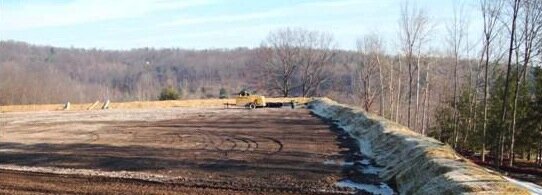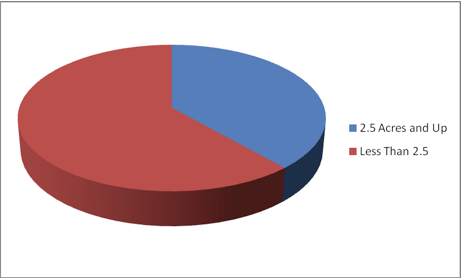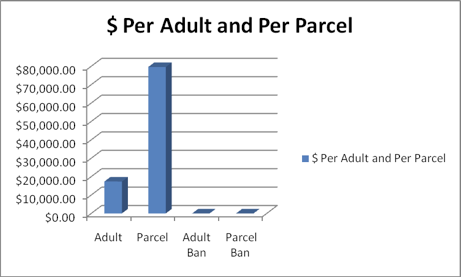Marcellus Shale natural gas production jumps, job opportunities skyrocket
July 20, 2011
At its current rate of increase, the prolific Marcellus Shale of Pennsylvania could soon lead the United States in natural gas production while employing hundreds of thousands of people, according to a recent study by PennState.
On Wednesday, PennState released a study by the College of Earth and Mineral Sciences, entitled “The Pennsylvania Marcellus Natural Gas Industry: Status, Economic Impacts and Future Potential,” showing a strong support for the regional economy and a major boost to jobs in the area.
According to the study, drilling dramatically increased, with 1,405 wells spudded in Pennsylvania’s Marcellus Shale in 2010, almost double the number of wells drilled in 2009.
The third in a series, the study found that Marcellus Shale natural gas production in 2010 averaged 1.3 billion cubic feet equivalent a day, including dry gas and petroleum liquids. At the end of 2010, production rates reached near 2 billion cubic feet a day, a substantial increase in projected production due to improved well stimulation techniques to increase well productivity.
In 2010, the Marcellus Shale generated $11.2 billion in gross domestic product for the regional economy, up from $4.7 billion in 2009. Additionally, Marcellus Shale production supplied $1.1 billion in state and local tax revenues, nearly doubling the amount from the previous year.
The jobs market has also gained due to the Marcellus Shale, with nearly 140,000 jobs supported by the drilling and development of the natural resource in Pennsylvania – more than doubling year over year.
Based on a survey, producers in the Marcellus Shale plan to increase spending in drilling and development, supporting more jobs and the local and state economy while boosting domestic natural gas production.
Looking forward, the study forecasts nearly 157,000 jobs to be supported by the Marcellus Shale in 2011, more than 180,000 jobs in 2012, and more than 256,000 jobs in 2020.Additionally, the study foresees production reaching 17.5 billion cubic feet a day by 2020, with state and local taxes earned climbing to more than $2 billion.
The Marcellus Shale Coalition revealed that the study numbers combined with demand projections from the US Department of Energy, the Marcellus Shale could produce about a quarter of America’s natural gas by 2020.
“Large-scale development of the Marcellus is reshaping the economic landscape of Pennsylvania,” concluded Drs. Timothy J. Considine, Robert Watson, and Seth Blumsack, authors of the study. “Strategies and policies that encourage growth of the Marcellus gas industry will generate significant economic and environmental benefits for the Commonwealth of Pennsylvania, transforming Pennsylvania to a net natural gas exporter while creating hundreds of thousands of jobs and generating billions of dollars in additional output, income, and tax revenues.”
- Log in to post comments





